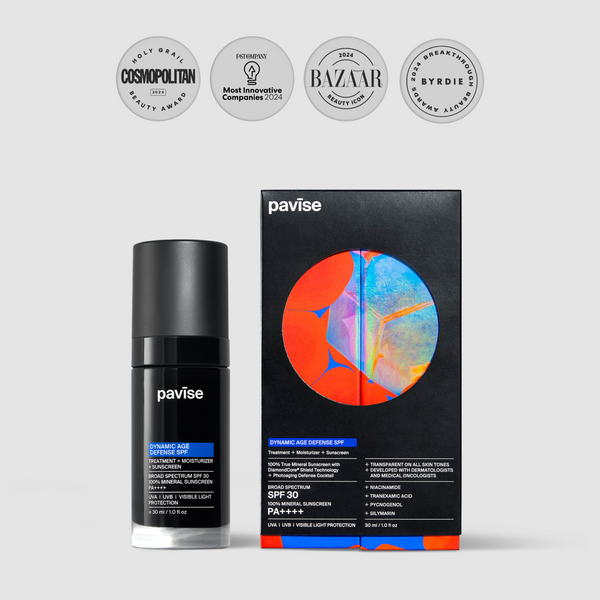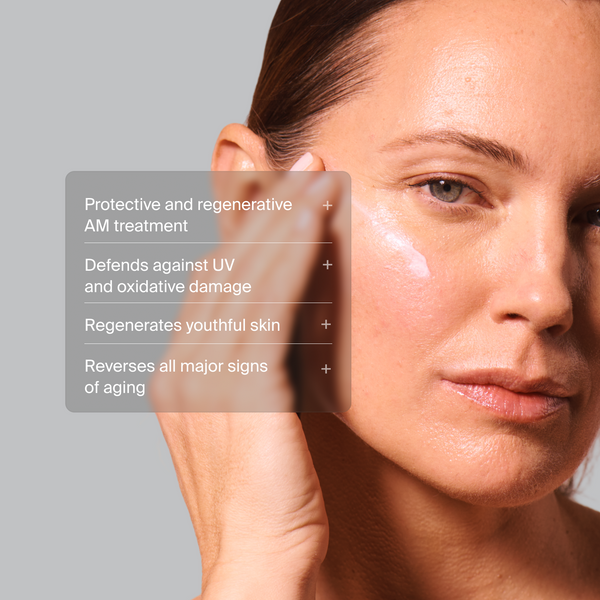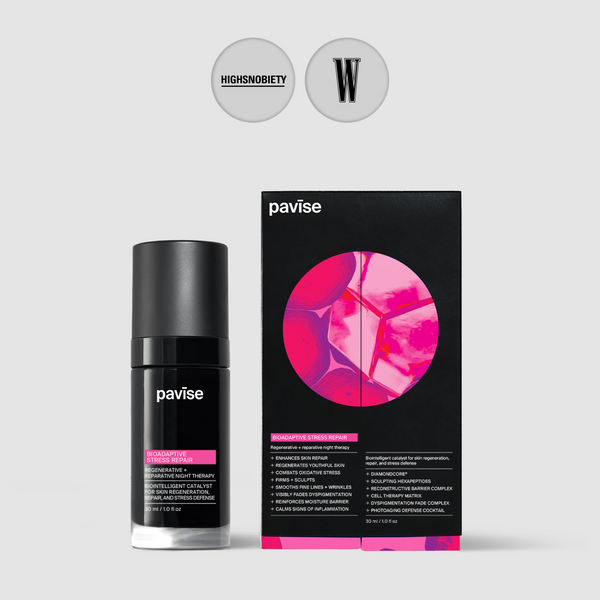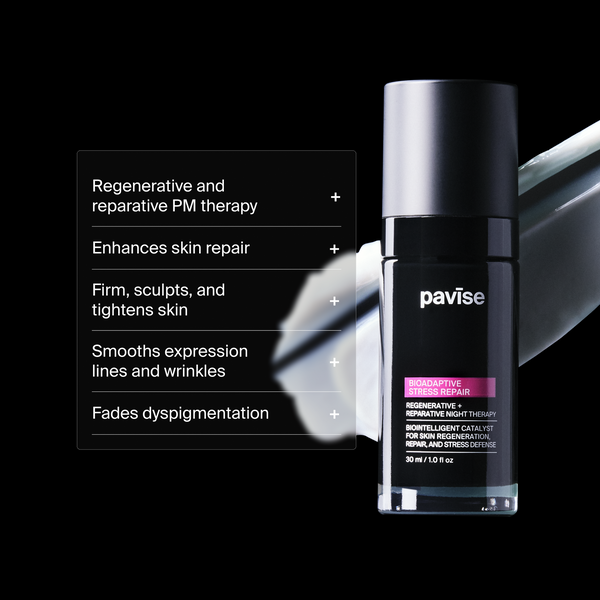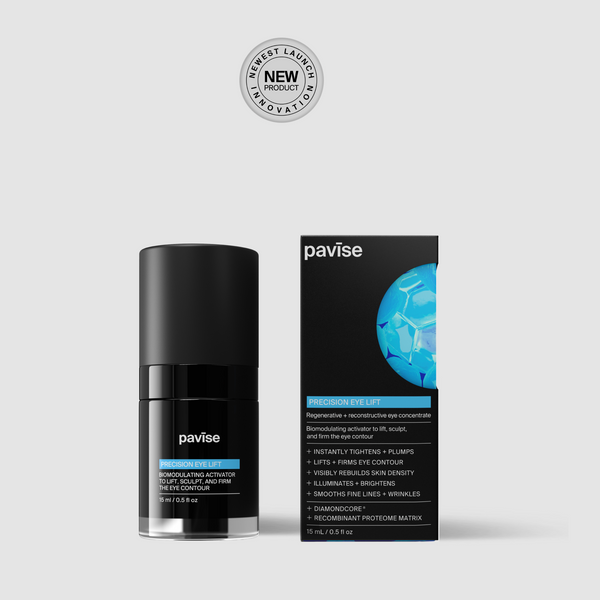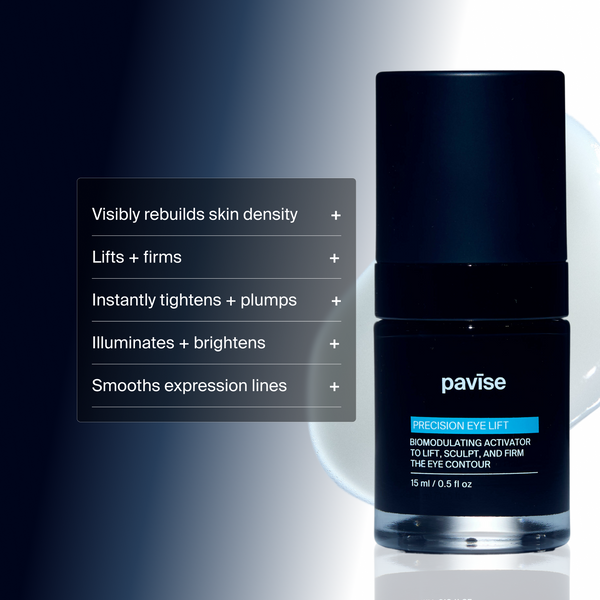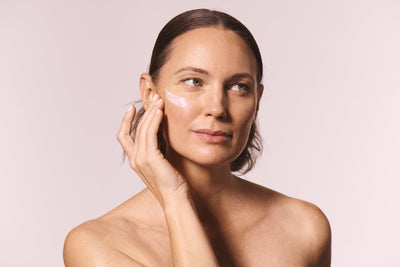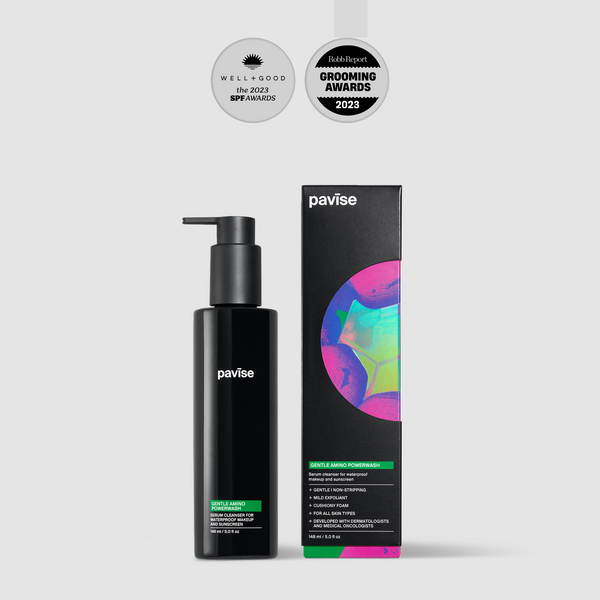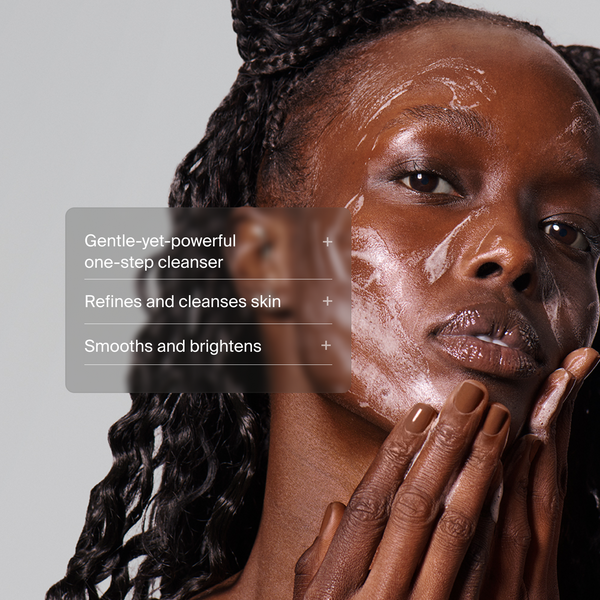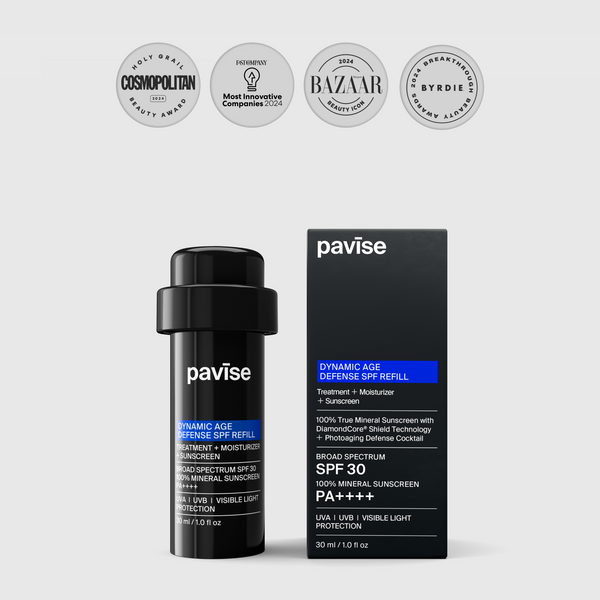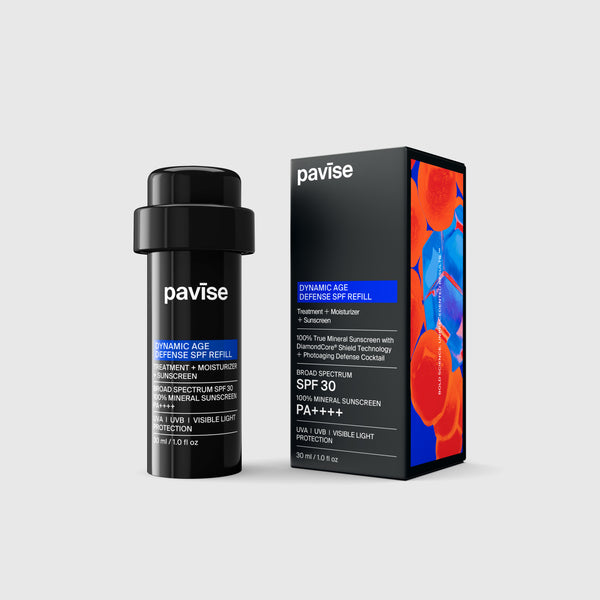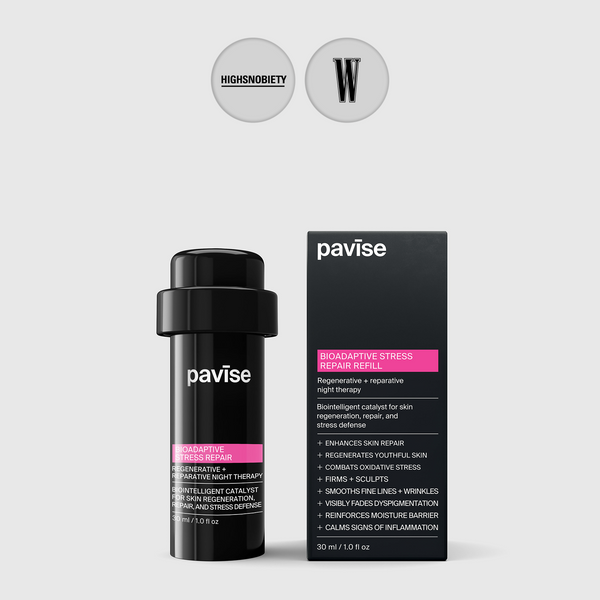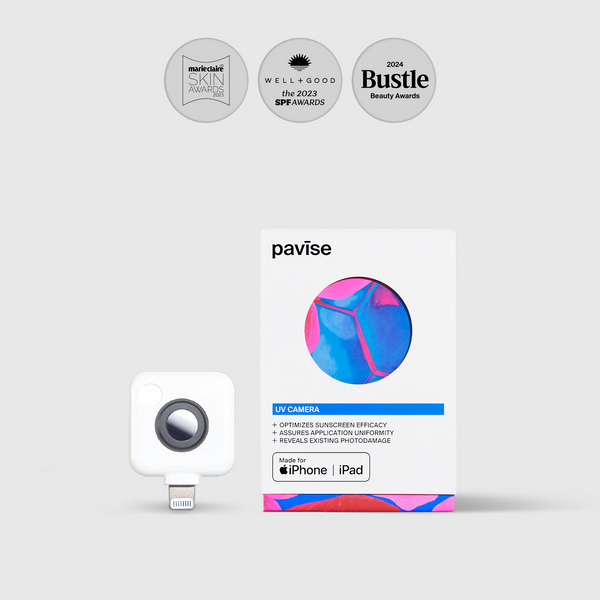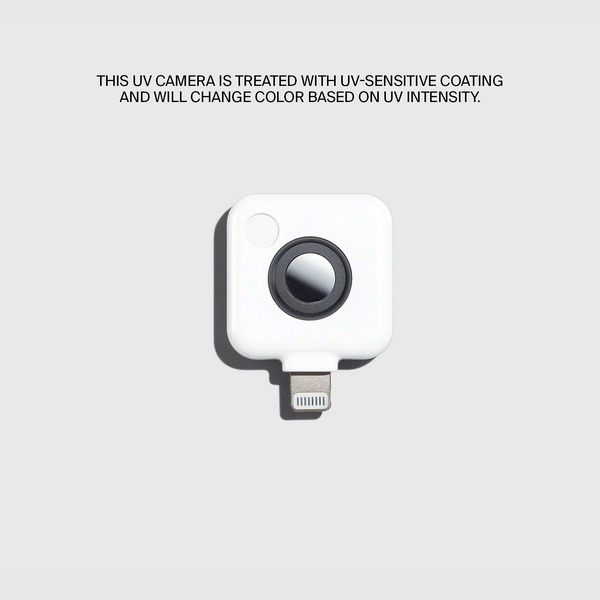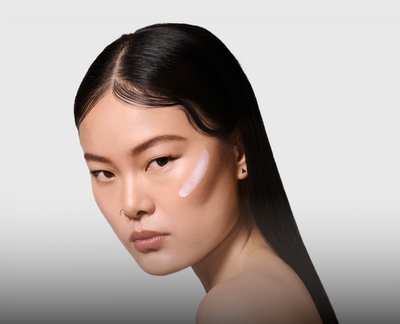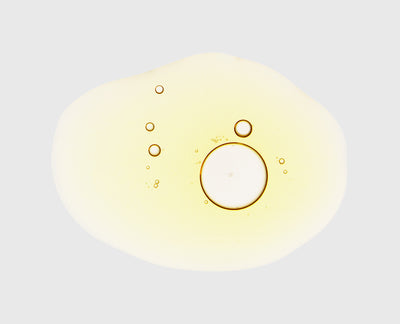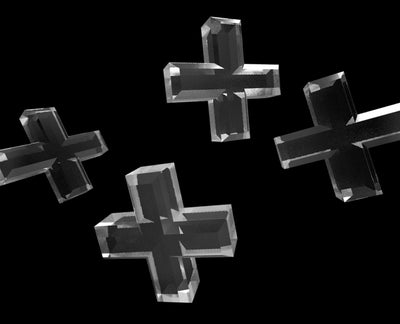WHAT IS SPF DOPING? HIDDEN INGREDIENTS IN SUNSCREEN
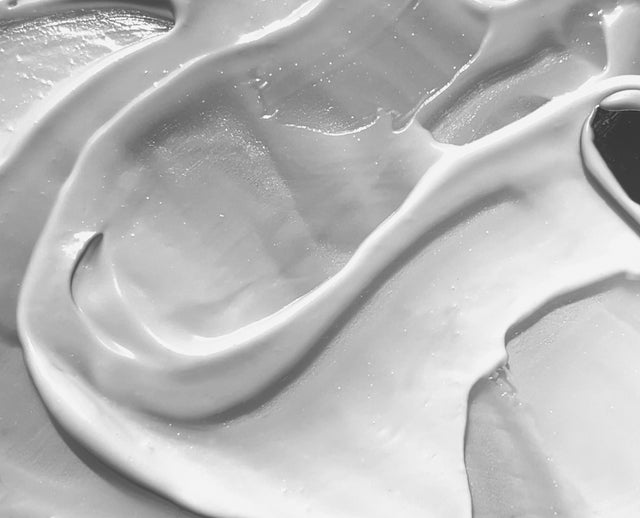
What you need to know
SPF boosters are typically emollients or solvents that help to improve the uniformity of sunscreen application onto skin.
Hidden UV filters are chemical filters that have the same function, mechanism of action, and general molecular structure as FDA-approved UV filters, but are not approved for use as UV filters and are used without regulation in sunscreen products to boost efficacy.
They are often hidden in “100% mineral” filters as a way to boost UV protection without compromising the cosmetic elegance of formulas, which can be compromised by a high percentage of mineral filters.
You’re browsing the shelves of Sephora trying to find the perfect daily sunscreen. You’re looking for a sunscreen that only uses mineral UV filters like zinc oxide because you’re wary about the FDA’s latest guidelines on chemical sunscreens. You find one that claims to be sheer, transparent, moisturizing, and 100% mineral—the active ingredient is 5% zinc oxide. How can this be? Zinc oxide is notorious for contributing to thick, unblendable sunscreens that leave a white cast.
Mineral sunscreens often lack the cosmetic elegance—the blendability, the luxurious texture—of chemical sunscreens. Demand for mineral sunscreen options, however, has only continued to grow.
Skincare and beauty brands have been hard-pressed to develop mineral sunscreens that offer comprehensive UV protection and a blendable, luxurious feel that consumers will actually enjoy using. For many brands, this results in the use of SPF “boosters,” and/or hidden chemical UV filters.
This allows products to increase their SPF rating without having to increase the percentage of zinc oxide or titanium dioxide, which typically worsens the skin feel of the product, or call out the use of chemical UV filters in their “100% mineral” formulas.1
SPF Boosters
SPF boosters are inactive ingredients included in sunscreen formulations that increase the efficiency and/or efficacy of the actual UV filters. They can sometimes increase the SPF effectiveness by ~50-200% and primarily work by increasing UV filter absorption into the skin, increasing the sunscreen’s film thickness or spreadability on skin, or by changing the way UV photons travel through the sunscreen.
Hidden UV filters
Other than SPF boosters, there are also hidden chemical UV filters that are often included in formulations as solvents, emollients, or conditioning agents.1 These work just as FDA-approved chemical filters do—by absorbing UV radiation and dissipating the absorbed energy. Here are a few that are commonly used:
Structurally similar to octisalate
- Butyloctyl salicylate
- Tridecyl salicylate
Structurally similar to octocrylene
- Ethylhexyl methoxycrylene
- Undecylcrylene dimethicone
Structurally similar to octinoxate
- Diethylhexyl syringylidenemalonat
- Ethyl Ferulate
Structurally similar to drometrizole trisiloxane
- Benzotriazolyl dodecyl p-cresol
Structurally similar to homosalate
- Capryloyl salicylic acid
Interestingly, these hidden filters are used most often to supplement the UV protection in “100% mineral” sunscreens. They typically appear in the inactive ingredients section of a sunscreen’s drug facts panel because they’ve only been registered as cosmetic ingredients, not UV filters.2 By increasing the photoprotection of the overall sunscreen formula, hidden UV filters circumvent the need for higher percentages of actual mineral UV filters, which can make formulas feel chalky, thick, and greasy. With hidden chemical filters, sunscreen brands can create formulas with 10% or less zinc oxide or titanium dioxide, creating a more cosmetically elegant formula that they can still claim is “100% mineral” and still has comprehensive UV protection.
Besides being slightly deceitful, this is a significant safety concern. Many of these hidden filters have the same function, mechanism of action, and general molecular structure as FDA-registered chemical UV filters. For example, butyloctyl salicylate looks and behaves a lot like octisalate.2 The difference is that octisalate has undergone strict toxicity, safety, and efficacy testing that has mandated its usage at a certain percentage in sunscreens and moderated its disclosure in products.3 The potential toxicity of chemical filters is something to be aware of, even if the effects of absorption are still not fully known.
Hidden filters like butyloctyl salicylate do not undergo the same stringent phototoxicity, toxicity, and safety testing required of other chemical filters by the FDA. They can be included at any percentage in a given formula without regulation, past the safety thresholds in place for, say, octisalate.3
It’s also misleading to consumers who are truly looking for 100% mineral sunscreens, whether it be for a chemical UV filter allergy, sensitivity, or other reasons. Mothers, for example, may want to be 100% sure that they’re using a mineral sunscreen on themselves and their children for safety and toxicity reasons. It’s important that consumers be able to make informed decisions when purchasing sun protective products, and that sunscreen brands empower consumers via transparency to do so.
Pavise DiamondCore® Shield Technology is our filter of choice
Pavise has developed a unique, patented DiamondCore® Shield Technology mineral UV filter that provides the best of both worlds when it comes to mineral and chemical filters. Our zinc oxide contains a diamond core that helps give it a uniform molecular size and shape in contrast to other mineral filters. This allows DiamondCore® Shield Technology to achieve a sheer, luxurious finish for all skin types and tones unlike other mineral UV filters. This uniform zinc oxide structure also offers superior broad spectrum protection because the particles are able to form a more even, stronger shield over skin.
The diamond core also scavenges ROS typically released by other chemical and mineral filters, preventing any skin exposure to cell-damaging oxygen species.
Finally, Pavise’s Dynamic Age Defense SPF contains additional ROS-scavenging ingredients like silymarin, tranexamic acid, niacinamide, and pycnogenol. These ingredients form a potent cocktail that fades existing hyperpigmentation, prevents new hyperpigmentation, and helps to prevent wrinkling.
This multi-tasking mineral sunscreen and anti-aging/dark spot treatment both optimizes and simplifies your skincare routine.
References:
- Deckner, George. “Boost SPF with These Tips and Technologies.” UL Prospector, UL Prospector, 31 May 2022, https://knowledge.ulprospector.com/9102/pcc-spf-boosting-technologies-tips/.
- Osterwalder, Uli. “Global State of Sunscreens - PubMed.” National Institutes of Health, National Institutes of Health, 20 Apr. 2023, https://pubmed.ncbi.nlm.nih.gov/24734281/.
- “Questions and Answers: Sunscreen Deemed Final Order and Proposed Order.” U.S. Food and Drug Administration, U.S. Food and Drug Administration, 3 Mar. 2023, https://www.fda.gov/drugs/understanding-over-counter-medicines/questions-and-answers-fda-posts-deemed-final-order-and-proposed-order-over-counter-sunscreen.
- “Shedding More Light on Sunscreen Absorption.” U.S. Food and Drug Administration, U.S. Food and Drug Administration, 7 Mar. 2023, https://www.fda.gov/news-events/fda-voices/shedding-more-light-sunscreen-absorption.
- U.S. Food and Drug Administration, U.S. Food and Drug Administration, https://www.accessdata.fda.gov/drugsatfda_docs/omuf/OTCMonograph_M020-SunscreenDrugProductsforOTCHumanUse09242021.pdf. Accessed 6 Mar. 2023.
By Claudia Teng - Updated February 06, 2023
